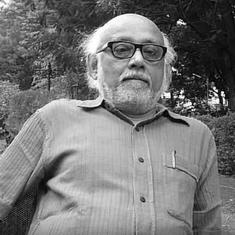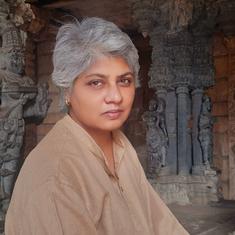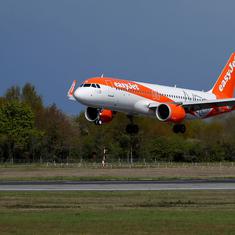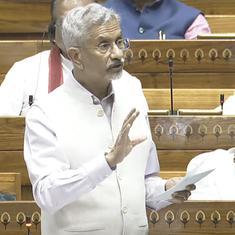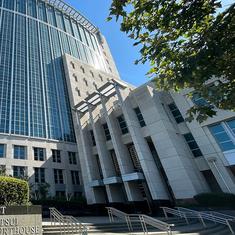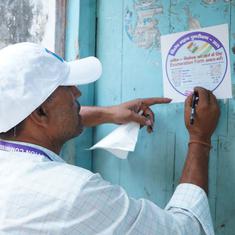Indian cities are full of things that could kill you.
Disease always seems to lurk around the corner while the badly constructed infrastructure always seems in danger of imminent collapse. Then there is the pollution. Toxic chemicals and tiny particles are everywhere. They are in our water bodies, in the food we eat, in the materials we use to build our homes and offices and, most of all, in the air we breath. They are building up over time, sitting in our lungs, shaving years off our lives.
That may sound alarmist. It isn't. Standard global measures of air pollution alone suggest that Indian cities are actually lethal.

Taking PM2.5, a metric that counts the number of tiny particles in the atmosphere which can easily enter your lungs. Almost every major Indian city sits far above the World Health Organisation's yearly guidelines for permissible limits. The WHO suggests average PM2.5 should not be more than 10 micrograms per cubic metre in a year. Indian standards, which are not as strict as the WHO, put the yearly threshold at 40 micrograms per cubic metre.
Delhi's average in the most recent July-November period was more than four times that, and 13 times higher than the WHO prescribed safety limit.
Comparing India's capital, an urban region of more than 22 million people, with other cities of the world offers the most accurate picture of how big our pollution problem is.

Clearly, pollution is choking our cities.
It isn't just Delhi. Few other Indian cities come out looking clean.
India doesn't monitor air quality nearly enough. Even though there are industrial clusters in smaller cities of the country that could have higher pollution levels, Delhi’s noxious air prompted many to leave the city for good last year. Anti-pollution masks companies continue to make a killing because of rising concern among citizens about the hazardous health impacts of Delhi’s unusually high air pollution.
As the winter slowly sets in, Delhi’s pollution levels are expected to climb and there’s no respite in sight – at least in the short term. The problem of pollution is so acute in the capital that more than 3,000 infants and children die every year from breathing in the capital’s air.
What makes things much harder is that Delhi alone can't fix the problem. Last year, the government tried an odd-even formula, attempting to keep a large number of vehicles off the roads on alternate days as an emergency move to lower pollution. It also went on a drive to cut off other sources of particulate matter and pollution. Yet the 2015-'16 winter was one of the worst-ever, with air quality on most days many times above all permissible limits.
The pollution is coming to the capital from very far away. “Majority of Delhi’s pollution comes from outside with half from the surrounding states of Haryana and Uttar Pradesh, a quarter from sources even further away and a quarter from natural sources,” the authors of a study by the Council of Scientific and Industrial Research study said in a statement. Another researcher said the pollution even comes over from as far as Pakistan.
Choking cities
The CSIR's research pointed to one troubling fact: Even if all the vehicles in the capital convert to compressed natural gas and Delhi introduces stringent measures to check pollution, Delhi will have higher than normal levels of pollutants in its air.
That encapsulates India's problem. Even if major measures are taken to reduce the amount of pollution (and that is unlikely to actually happen), it will still not be enough to make our cities safe.
Over the next two months as the winter sets in, Scroll.in will focus intensely on India's pollution problem. Using data, interviews and reportage, the Choking Cities series will attempt to understand how massive India's pollution problem is, how it affects people on the ground and what we are doing to fix it – or in most cases, adapt to it.
As part of the series, Scroll.in's health section, Pulse, will highlight the toll that all these toxins are taking on us. What does it mean for millions to live in areas where global agencies have concluded pollution is endangering people's lives?
We are also hoping along the way to hear from our readers. How does pollution affect your lives? Has that cough gone from seasonal to chronic? Does your weather app keep telling you not to leave the house? Do you have pictures of the night sky after Diwali's fireworks have left their scars? Is there a pollution story that the media is missing?
Write in to pulse@scroll.in with ideas, photos, brickbats or suggestions and follow the entire Choking Cities series over the next few months.
Corrections and clarifications: This story has been edited to correct the units and measures of particulate matter.

